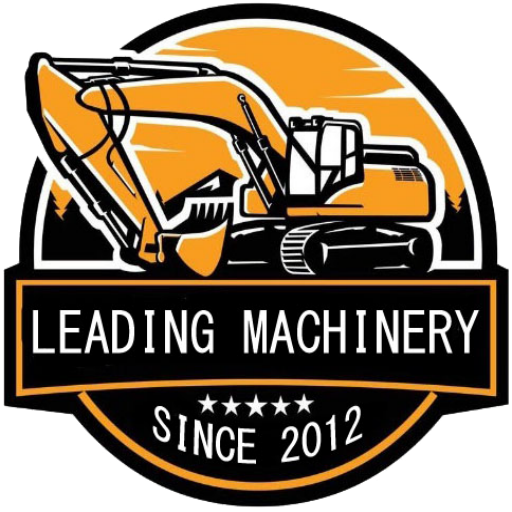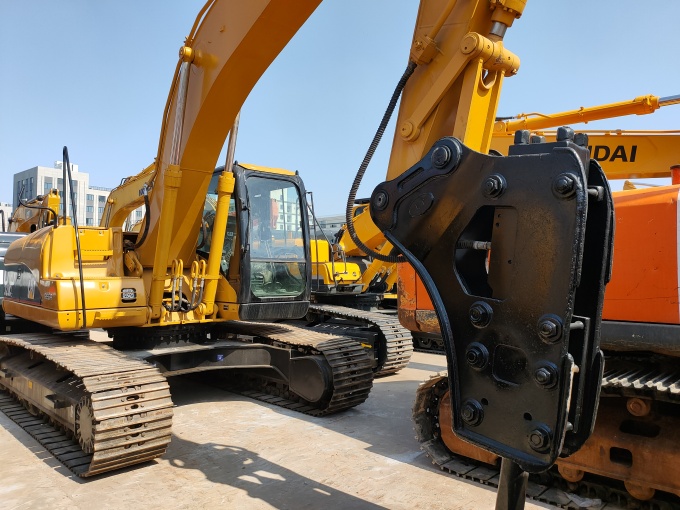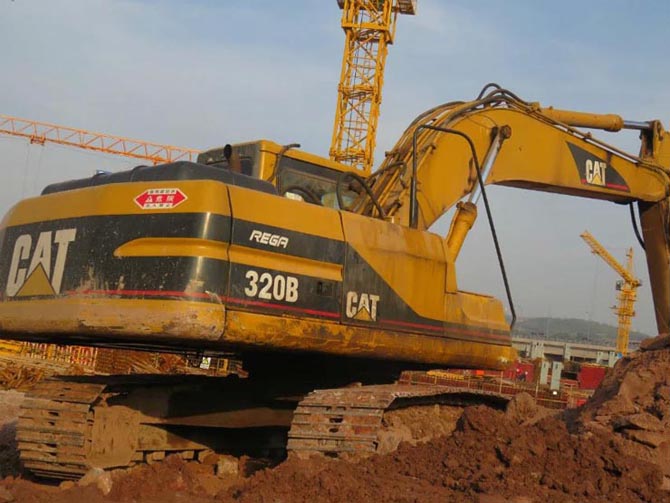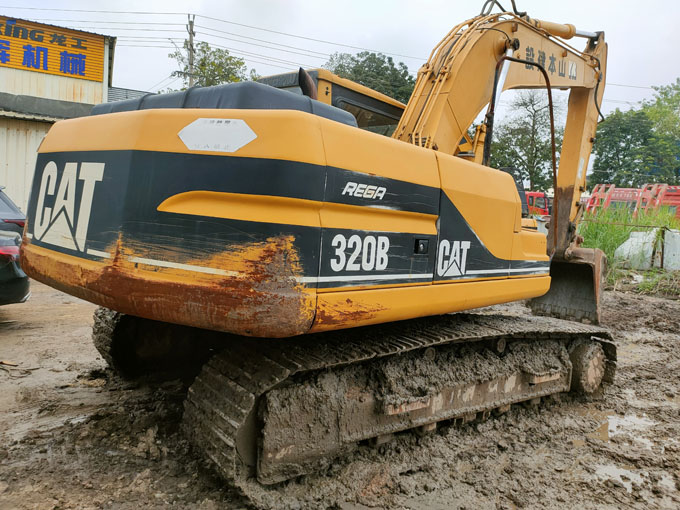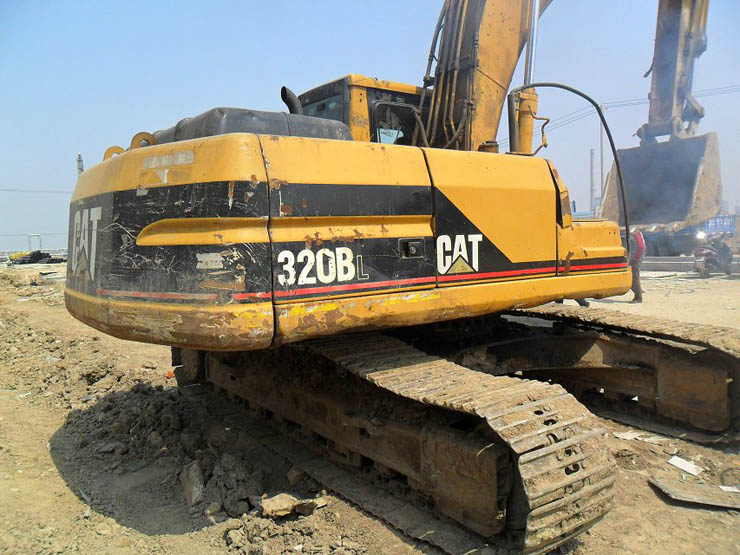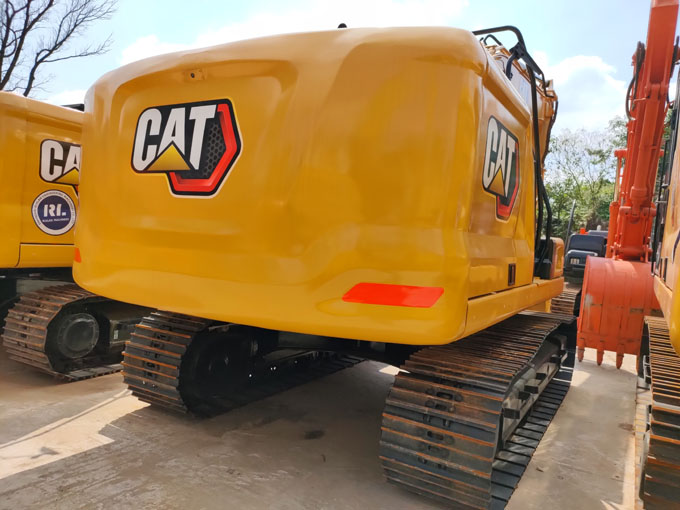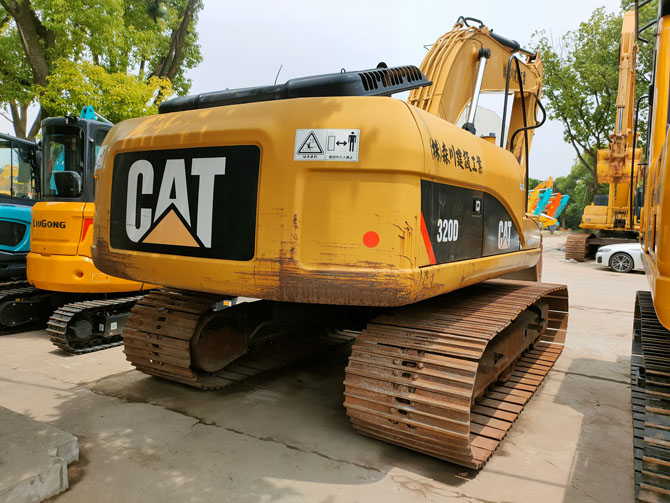
Caterpillar 320D Price in Global Market
The Caterpillar 320D is a popular medium-class excavator, and its used price varies widely by market, age, specification and condition. In the US, for example, used 320D’s typically sell around $79,900–$99,000 (Older U.S. listings show 2005–2007 models at roughly $69–79k) By contrast, in other regions prices can be much lower. For instance, European listings on machinery marketplaces show used 320D excavators often in the €20,000–€33,000 range In Asia/Africa markets, prices are even lower: vendors advertise used Cat 320D excavators around $15,000–$25,000 (for 20-ton models) and a Nigerian listing showed 2018 Cat 320D2 for about $18,000 These contrasts illustrate that Caterpillar 320D price is highly regional. In general, North America commands the highest used prices, while Asia and Africa often see significantly lower figures.
Regional Market Differences
USA (North America): Used 320D’s in the U.S. tend to fetch high prices. Industry data note a typical range of ~$80k–$100k for 320D machines. Listings from dealers and auctions confirm this: for example, a 2007 Cat 320D with ~7,200 hours was priced at $69,999. A chart of U.S. prices by model year shows 2005–07 units at $69k–79k, 2008–09 at ~$79.5k–84.9k, 2010–13 at ~$78.9k–89.8k, rising to nearly $99.8k for a 2017 model. This reflects strong demand and limited supply of late-model used machines in North America.
Europe: European used prices are generally lower than the U.S. Machinery-market data indicate many 320D excavators listed around €20,000–€30,000. For instance, a 2015 Cat 320D was listed at €20,000, and 2020 models appear around €28.9k–33k depending on configuration In practice, a 2021 Cat 320D2 (Euro 4, ~1,150h) fetched about €23,420. In short, European prices are often half or less of comparable U.S. prices – a difference partly due to abundant used equipment and cross-border supply in the EMEA region.
China / Asia: China’s market (including imported used machines)Caterpillar 320D shows even lower prices. Chinese dealers often sell older or rebuilt 320Ds for $30k–$35k or less. For example, (China location) show a 2018 Cat 320D2 (Euro 3, 1550h) at $32,600. A listing of “High Quality Used Caterpillar 320D” offered units at $21,000–$30,000, reflecting very low-end or high-hour machines from Japan/China. Newer Chinese listings (e.g. 2020 models) still often appear in the mid-$20k range. In short, Chinese buyers (and export markets drawing from China) see 320D prices far below Western levels.
Africa & Middle East: African markets generally have the lowest observed prices, often reflecting over-supply of used machines and currency factors. In Nigeria, for example, a 2018 Cat 320D2 with ~1,043h was listed at only $18,000. For comparison, the same year/model in China was ~$32,600. This steep drop (over 40%) shows how local market conditions – abundant imports of used units and weaker local currencies – depress prices. Similar patterns hold in other developing regions: African buyers often acquire 320Ds at costs well below those in Europe/USA.
Price vs. Year of Manufacture
Machine age is a key price driver. As expected, older model years command lower values. According to used-market data, early 2000s 320Ds list far below newer models. For example, prices by model year show 2005–07 machines at ~$69k–$79k, 2008–09 at ~$79.5k–84.9k, 2010–13 at ~$78.9k–89.8k, while a 2017 model reached ~$99.8k. In practice, a 2010–2013 Cat 320D might sell around $78k–90k in North America, whereas a 2015 model might be in the $90k–100k range, and a late-2017/2018 machine near $100k. (Of course, very low-hour examples push the high end of each range.) In Asia/Africa markets, those same years list much lower (e.g. 2018 models ~$30k), but still older ages yield bargains.
Generally, each additional year of age (or generation) cuts value. Newer 320D variants (e.g. 2018 vs 2015) often cost 10–20% more, all else equal. Dealer pricing and auction records show a clear year-premium. Our comparison table (below) illustrates the trend: a 2010 machine may list around $60k–$80k (depending on hours) while a 2018 model of similar condition might be $80k–$110k. In summary, Caterpillar 320D price by year jumps up for newer machines, with roughly 5–10% more value per year of age reduction (varies by region and spec).
Price vs. Usage Hours
Hours of operation are another major factor. All else equal, a low-hour 320D commands a premium over a high-hour unit. For instance, listings suggest that 320Ds under 5,000 hours can be 10–20% more expensive than similar 10,000+ hour machines. In the US, sample ads show a used 2017 320D with ~7,400h at ~$77,500, whereas a higher-hour example of the same vintage might be ~$65,000. Similarly, the 2020 model with 1,200h was offered at €28,900, versus a 2021 machine with 1,790h at €23,000. Across markets, one can generalize:
Under 5,000 h: top-condition machines; highest price tier.
5,000–10,000 h: typical used range; roughly 80–90% of peak price.
Over 10,000 h: nearing end-of-life; perhaps 60–80% of new-machine price (with large ranges).
In summary, 320D price declines with hours. A low-hour unit might sell for only a few thousand dollars less than a new one (especially if another year newer), while a 10,000h+ machine could be $20k–40k cheaper. The comparison table below includes hour categories to illustrate this effect.
Model Variants and Performance
Within the 320D family there are sub-models and options that affect value. Cat introduced the “D2” update (a hydraulic/electronics refresh) and long-undercarriage versions (denoted “L”), among others. There are also different specification packages – for example, heavier-duty undercarriages, larger buckets, or high-efficiency (HE) hydraulic systems. These variants impact price: a reinforced (heavy-duty) spec machine typically costs a premium (e.g. 5–15% more) over a basic version, since it is better suited for tough jobs. Conversely, a fuel-saving “High-Efficiency” version might trade some brute force for economy; such models may be priced comparably or slightly below a standard spec.
Exact data on these variants is sparse, but used listings confirm the pattern. For example, two 2015 320D2Ls with similar hours might show a price difference if one has reinforced tracks or added hydraulics. In practice, buyers can often pay ~10% more for a fully reinforced “XD” configuration (heavier buckets, heavy carriage), and may pay slightly less or about the same for a “HE” model geared for fuel savings. Our summary table below applies these adjustments across year and hours.
Supply, Demand and Local Factors
Availability and demand in each market strongly influence 320D pricing. In markets flooded with used units (e.g. China, Africa), buyers have leverage to negotiate lower prices. For instance, Nigeria’s low listing ($18k for a 2018 machine) reflects high supply and weaker currency. In contrast, limited supply in North America tends to keep prices high. Seasonal factors also matter: end-of-year clearance sales, fleet renewals, or mining booms can temporarily inflate or deflate values. Import duties and local taxes further affect end prices: some countries add significant import fees on used equipment, raising local prices despite lower FOB values.
A recent industry review notes that global 320D availability has expanded – “over 700 ads” were seen on one international marketplace – which puts downward pressure on price. Meanwhile, infrastructure spending in certain regions (e.g. India, parts of Africa) is increasing demand for second-hand excavators, creating pockets of higher pricing. In short, Caterpillar 320D price is not just about the machine’s specs, but also market dynamics. Buyers and sellers must consider local demand, inventory levels, and currency when assessing fair value.
Shipping and Logistics Costs
When exporting a heavy excavator like the 320D, freight costs can add significantly to the landed price. Typical rates (as of early 2025) for a 40-foot container are roughly: Shanghai→Los Angeles ~$2,617, Shanghai→New York ~$3,611, and Shanghai→Rotterdam ~$2,312 per container(These rates come from the Drewry World Container Index in April 2025.) Return legs or backhaul rates are often much lower (e.g. Rotterdam→Shanghai was only about $481 reflecting empty cargo space). For example, shipping a 320D from Shanghai to Europe might cost on the order of $2,000–$3,000 in ocean freight alone, whereas to the U.S. West Coast it might be ~$2,500. Additional costs (roll-on/roll-off fees, insurance, customs) can add $1–3k more.
In practice, one 320D (20+ tonnes) might go by breakbulk or a 40’ flat rack rather than a standard container, but the order-of-magnitude freight cost is similar. Thus, in total, international shipping might tack on $3,000–$6,000 to the machine’s price, depending on port pair. For insight, Drewry reports (Apr 2025): Shanghai→LA $2,617, Shanghai→NY $3,611, Rotterdam→NY $2,109. Buyers must budget these logistics costs when importing 320Ds, especially on intercontinental routes.
Conclusion
In summary, Caterpillar 320D price depends on many factors. Geographically, U.S. buyers pay top dollar (~$80–100k), whereas Europe sees ~€20–33k and developing markets often under $30k. Newer machines (2015–18) are worth substantially more than 2010-era units. Low hours command premiums, and heavy-duty (“reinforced”) variants fetch more than standard builds. Finally, shipping and local demand/availability can easily add thousands in cost or depress the price. For exporters and buyers, understanding these nuances – backed by current listings and shipping indices – is essential to setting or negotiating a competitive Caterpillar 320D price.
- Make:
- Model Name:
- Place of Origin:
- Caterpillar
- 320CL
- Japan
- Make:
- Model Name:
- Place of Origin:
- Caterpillar
- 320CL
- Japan
- Make:
- Model Name:
- Place of Origin:
- Caterpillar
- 320B
- Japan
- Make:
- Model Name:
- Place of Origin:
- Caterpillar
- 320B
- Japan
- Make:
- Model Name:
- Place of Origin:
- Caterpillar
- 320BL
- Japan
- Make:
- Model Name:
- Place of Origin:
- Caterpillar
- 320GC
- Japan
